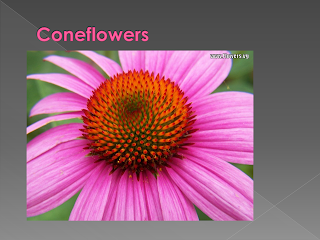There are many ways abiotic factors impact the plants that live in the Savannah. The climate is very hot and dry with very little rain. Water is scarce. Trees are scarce in the area because of the limited water. The trees need more water to survive and the grasses only need a little amount. The climate does not provide a lot of rain. Grasses need less water than trees so there are fewer trees. The soil is porous and does not have a lot of humus. When it rains the water goes straight down and does not sit which would allow the let the grasses and trees time to soak up the water. Fires occur naturally because the land is so dry and the climate is so hot. All of the grasses and the trees burn down and when the fire is over the grasses grow back quickly but the trees take a long period of time to grow back. In addition, farmers cut down trees for crops to grow. The abiotic factors are more favorable to grasses than trees. This is why the Savanna has more grasslands than trees.
Plant, grasses, and trees have adapted to survive in the Savannah biome. A tree called Baobab tree stores water between the bark and the meat of the tree. This allows the Baobab tree to have water when it is very dry. There is another tree called the Acacia tree, that has umbrella shaped leaf. The branches and leaves are high of the ground, so the giraffes who like to eat the leaves, can’t reach as much. Grasses grow very long roots. The roots allow them to survive fires. During the fires the top of the grasses burn but the roots are safe. After the fire the grasses can quickly regrow.











